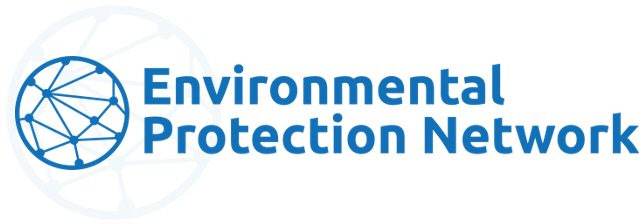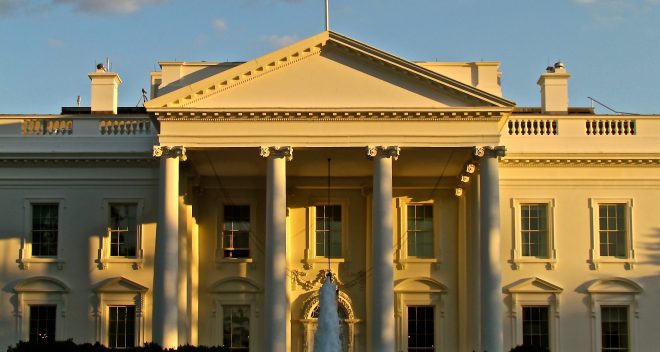|
MEDIA ADVISORY |
Contact: Aaron Bharucha, Public Relations Associate |
Environmental Protection Network Volunteers Comment on EPA Budget Cuts and Potential Impact on Communities
What
On May 5, 2025, the Environmental Protection Network (EPN) hosted a media briefing to discuss the recent proposed budget cuts to EPA, the cuts and reorganization of the agency’s Office of Research and Development (ORD), and the potential impact of these cuts on American communities. To view the entire discussion head here.
Who
Featured in the briefing were:
- Michelle Roos, Executive Director, Environmental Protection Network
- Jennifer Orme-Zavaleta, former Principal Deputy Assistant Administrator of EPA’s Office of Research and Development and EPA Science Advisor.
- Betsy Southerland, former Director of the Office of Science & Technology in EPA’s Office of Water
- Joe Goffman, former Assistant Administrator of EPA’s Office of Air and Radiation
- Zealan Hoover, former Senior Advisor to the EPA Administrator from 2021-2025, and Director of Implementation
- Jeremy Symons, Senior Advisor to the Environmental Protection Network
- Michelle Montoya, Policy Director, Environmental Protection Network
Key Takeaways
On the budget cuts:
Michelle Roos said, “The administration’s proposal to slash the Environmental Protection Agency’s budget by more than 55%, a staggering $5 billion cut, is not fiscal prudence. It is a direct assault on public health, scientific integrity, and environmental justice. Let’s be clear: this is not restructuring. This is sabotage. These cuts will lead to dirtier air, unsafe drinking water, slower toxic cleanups, and a weaker response to environmental disasters. Communities across the country, especially low-income neighborhoods, rural areas, and communities of color, will bear the brunt of this harm. These are communities already overburdened by pollution, climate risks, and systemic neglect. This budget abandons them.”
On the cuts to EPA Science:
Jennifer Orme-Zavaleta said, “Science is foundational to what EPA does. The first EPA Administrator Wiliam Ruckelhaus highlighted: follow the science, follow the law, be transparent. Without the science, I don’t know how the EPA or the U.S. for that matter can be a world leader in innovation. Science is really how we make progress towards a healthier, more productive population. And, with a healthier population, that leads to a more prosperous, innovative society. That’s what EPA’s Office of Research and Development was about. It was there at the beginning of the agency 54 years ago, and it was to conduct science to help inform decisions that the agency was facing. This was the organization that helped look around the corners to see what was coming to help the agency prepare to deal with environmental problems.”
On the role of the states:
Betsy Southerland said, “We had always hoped that the states would be able to take up the mantle from EPA and protect public health over these next four years. What the president’s budget for 2026 does, however, is take them out of the game also.”
On gutting EPA’s climate work:
Joe Goffman said, “While the president’s budget and organizational changes were being announced, the agency sent over a proposal to OMB to repeal the carbon pollution standards for coal-fired power plants. So, I think that there’s a broad and all-encompassing climate-elimination agenda at work here. That’s reflected in taking away almost all of the climate-related functions of EPA, most of which have been housed in OAP (Office of Atmospheric Protection).”
On the attacks on EPA from all sides:
Jeremy Symons said, “This EPA is circumventing the law and Congress. Voters didn’t sign up for this. The sabotage that’s going on at EPA is coming from so many directions at once: it’s budget cuts; it’s driving staff out; it’s halting enforcement; and it’s rolling back regulations. All of it is designed to take EPA away from its mission of protecting public health and the environment.”
On what these cuts mean for local communities:
Zealan Hoover said, “The $2.5 billion cut to the state revolving loan funds is a devastating cut to the ability of local water utilities to maintain their systems while keeping water utility bills affordable. […] The program is primarily used by small, rural utilities, […] and SRFs have saved local rate payers in those communities billions of dollars over its lifetime. […] What this means is that the small utilities are going to be faced with a tough choice: either their states are going to have to raise taxes to backfill the federal government or local utilities are going to have to raise water bills […] or they’re going to have go longer and longer without upgrades, which is going to lead to water systems that fail more and are more prone to unhealthy drinking water.”
On cuts to state categorical grants:
Betsy Southerland said, “The categorical grants are the salaried money that is used in all of our underresourced state agencies to pay for the people who do wastewater controls and permitting, that pay for the people who oversee all the drinking water utilities in the country, for the people who do the pesticide implementation and lead abatement programs; they also do brownfields revitalization. All of the people in the state air quality programs are paid for by these categorical grants.”
On the cuts to the Clean Water and Drinking Water State Revolving Funds
Betsy Southerland said, “The $2.5 billion cuts will be enormous. Over 2 million people in this country don’t have access to running water, and there are up to 19 million people who are struggling with the rising costs of water services for both sewer and drinking water. These cuts will cut out even the states’ abilities to backfill where EPA is no longer present.”
On the creation of the OASES office and the shift away from independent science:
Jennifer Orme-Zavaleta said, “One of the benefits of a separate research and development office that was at the assistant administrator level was that it provided independence of science. Creating a smaller science office — and it’s unclear how much research is really going to be a part of that office — under the administrator’s office certainly gives the perception of more political direction beyond a politically appointed assistant administrator. With the moves of the scientists into the program offices as well as the creation of this new office, you have policymakers more heavily engaged in directing what work will be done and that introduces the perception of bias.”
###
ABOUT THE ENVIRONMENTAL PROTECTION NETWORK
Founded in 2017, the Environmental Protection Network (EPN) harnesses the expertise of more than 650 former EPA career staff and confirmation-level appointees from Democratic and Republican administrations to provide the unique perspective of former regulators with decades of historical knowledge and subject matter expertise.

